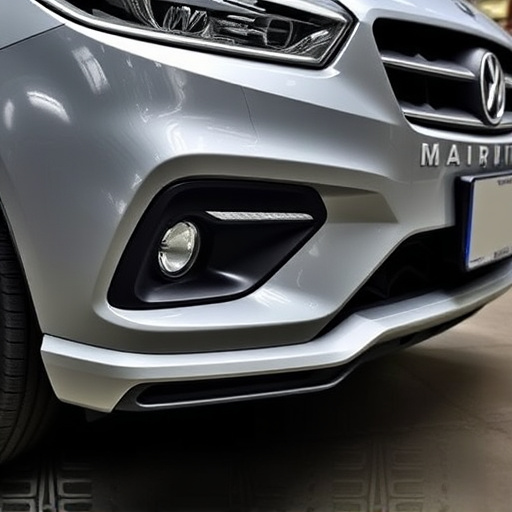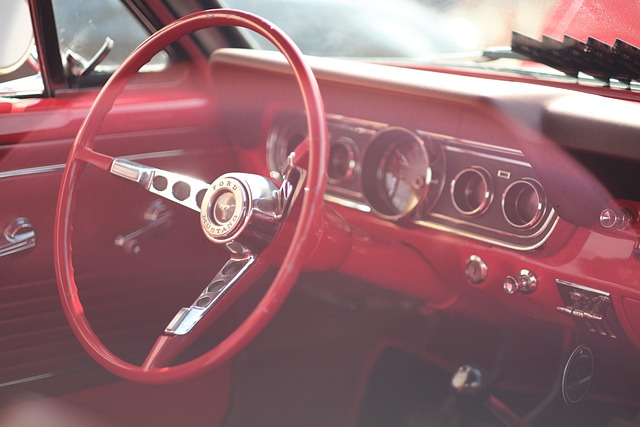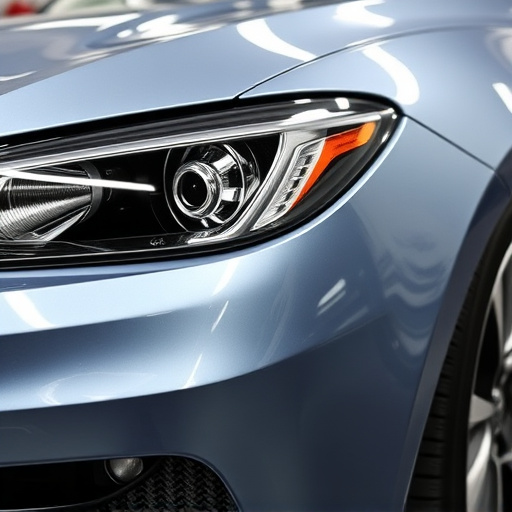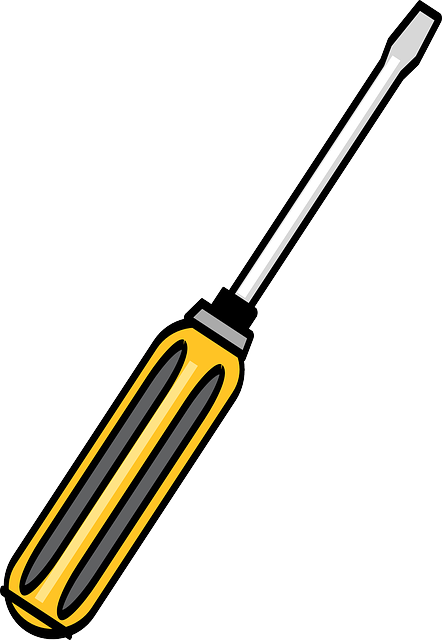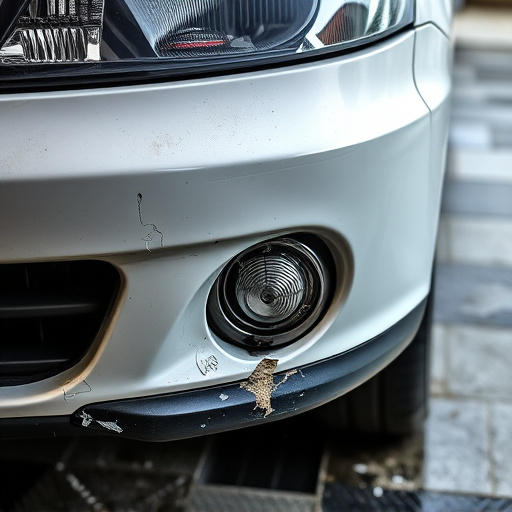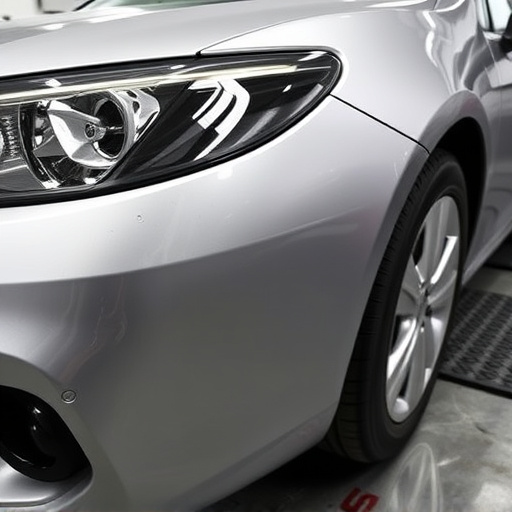Tesla vehicles' USB port malfunctions can impact dashcam functionality, affecting both infotainment and safety features. Regular care, understanding root causes (faulty cables, damaged ports, software conflicts), proper diagnosis (inspecting ports, using vehicle diagnostics), and reconfiguration (touchscreen settings, motion detection sensitivity) are vital for optimal Tesla dashcam configuration. Seek help from specialized auto repair services for complex issues.
Experiencing malfunctions with your Tesla’s USB port can disrupt the essential security and recording features of its built-in dashcam. This guide tackles a common issue—USB port failures—and provides a comprehensive approach to reconfiguring your Tesla dashcam settings. We break down the process step-by-step, ensuring you can restore optimal dashcam functionality. Learn how to access and diagnose problems, then follow our clear instructions for a seamless Tesla dashcam configuration reset.
- Understanding USB Port Malfunctions in Tesla Vehicles
- Accessing and Diagnosing Dashcam Issues Post-Malfunction
- Step-by-Step Guide: Reconfiguring Tesla Dashcam Settings
Understanding USB Port Malfunctions in Tesla Vehicles
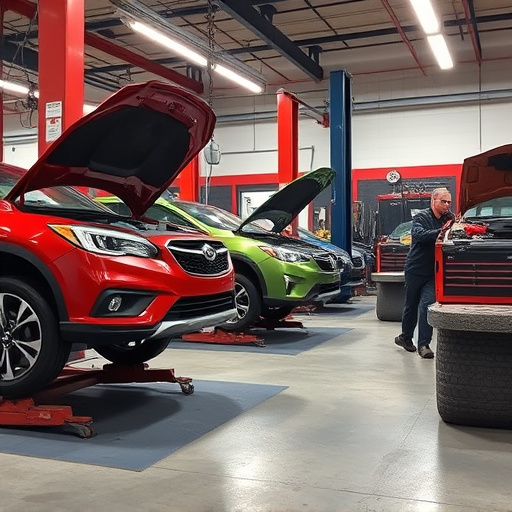
Tesla vehicles are renowned for their advanced technology and innovative features, but like any complex system, they’re not immune to occasional glitches. One such issue that Tesla owners might encounter is USB port malfunction. These malfunctions can range from a simple failure to recognize a connected device to more severe problems that affect the overall functionality of the vehicle’s infotainment system. A poorly functioning USB port can disrupt various components, including important safety features like the Tesla dashcam.
Understanding the root causes of USB port issues in Teslas is crucial for effective Tesla dashcam configuration and troubleshooting. Common culprits include faulty cables, damaged ports, or software conflicts. Given the vehicle’s exposure to elements like rain, snow, and sun, car dent repair or bodywork services might also play a role in maintaining optimal USB functionality. Proper care and regular checks can help prevent such malfunctions, ensuring your Tesla’s dashcam remains operational, providing critical recording capabilities during every drive.
Accessing and Diagnosing Dashcam Issues Post-Malfunction
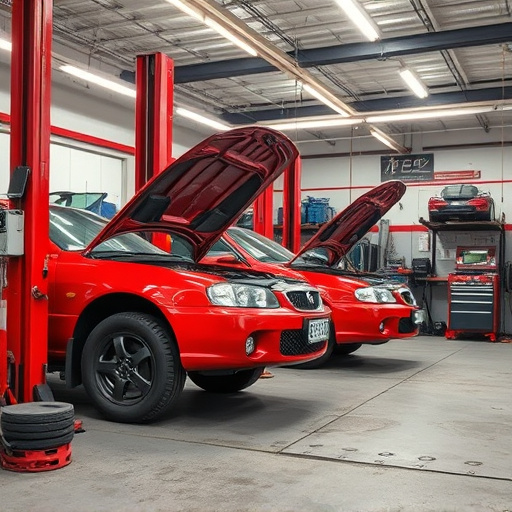
When faced with a Tesla dashcam malfunction, accessing and diagnosing the issue is crucial for effective Tesla dashcam configuration. The first step involves disconnecting the USB port where the dashcam is attached and inspecting any visible signs of damage or debris. If the port itself seems intact, utilize the vehicle’s diagnostics system to run checks on the connected devices. This process can reveal hardware glitches or compatibility issues that might be causing the malfunction.
Engaging auto repair services specializing in Tesla vehicles can provide invaluable assistance in diagnosing and resolving complex dashcam problems. They employ advanced tools and techniques tailored for Tesla automotive restoration, ensuring accurate identification of faulty components and effective solutions. Once diagnosed, either through self-assessment or professional help, replacement parts or adjustments can be made to restore the dashcam’s functionality, thereby optimizing your Tesla dashcam configuration.
Step-by-Step Guide: Reconfiguring Tesla Dashcam Settings
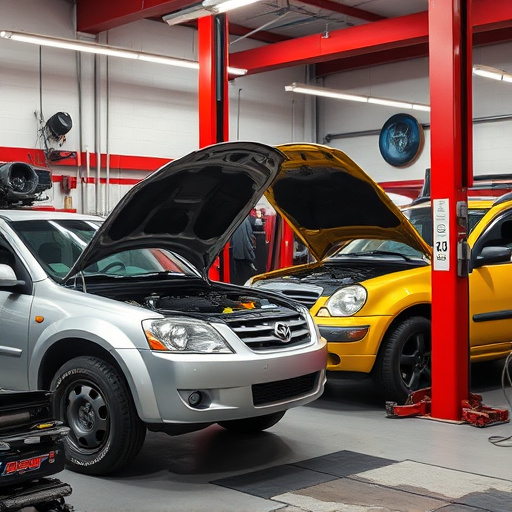
Reconfiguring your Tesla dashcam settings is a straightforward process that can be accomplished through a few simple steps. Start by accessing your vehicle’s touchscreen, which serves as the central control hub for various functions, including the dashcam. Navigate to the dashcam settings menu, often located under a “Camera” or “Dashcam” option. Here, you’ll find an array of customizable features.
First, review and adjust recording preferences like resolution, frame rate, and storage location. You might also want to tweak sensitivity settings for motion detection to prevent unwanted recordings. If the initial malfunction was due to a USB port issue, ensure the dashcam is connected securely and consider using a known reliable USB cable. For Mercedes Benz owners or those familiar with auto repair shop practices, remember that proper configuration can be compared to a paintless dent repair—it’s precise, meticulous work that enhances your vehicle’s overall performance and safety features.
After addressing a USB port malfunction, proper Tesla dashcam configuration is crucial for ensuring continuous vehicle monitoring. By understanding the potential issues and following a systematic reconfiguration process, owners can optimize their dashcams’ functionality. This guide provides a practical step-by-step approach to navigating through dashcam settings, allowing users to take control of their Tesla’s onboard recording system effectively.
